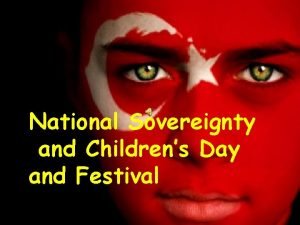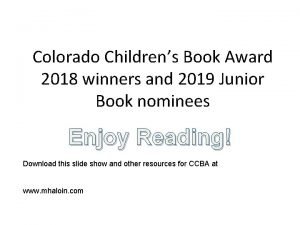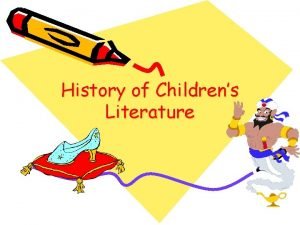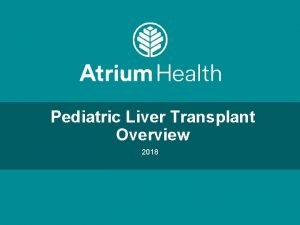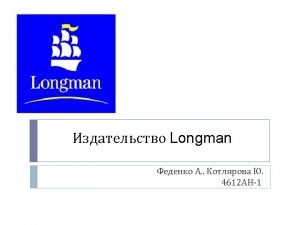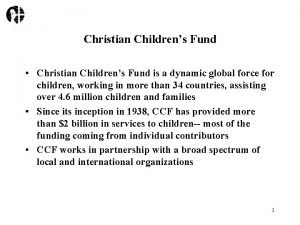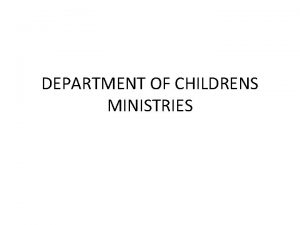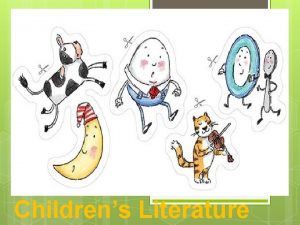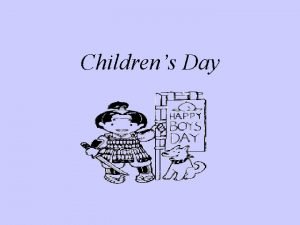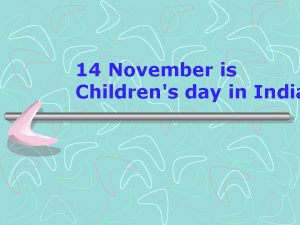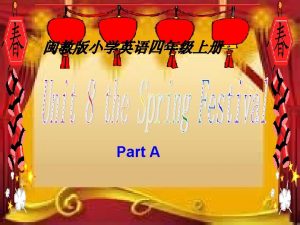KODOMO NO HI CHILDRENS DAY or Childrens day







- Slides: 7

KODOMO NO HI こども の ひ CHILDREN’S DAY

�こどものひ or Children’s day is a celebration for both boys and girls on the 5 th of May each year. But, before 1947, this day was celebrated as the Boy’s Festival or ‘Tangonoseku’ たんごのせく. �Today, こどものひ is celebrated to wish all children happiness and health.

�Families fly carp streamers from flagpoles outside their house. These carp streamers are called ‘koinobori’ こいのぼり. �The large black carp represents the father, the next large carp represents the mother, and all the smaller carps on the flagpole represents the children in the family.

�Koinobori traditionally symbolised the strength of males because carp are very strong swimmers. �Inside the house, in the alcove called the ‘tokoma’ とこま, children display a warrior’s helmet or ‘kabuto’ かぶと and warrior dolls called ‘mushaningyo’ むしゃにんぎょう.

Special food eaten on this day include: - a type of rice cake wrapped in bamboo leaves called ‘chimaki’ ちまき - rice balls filled with red beans and wrapped in an oak leaf called ‘kashiwamochi’ きさわもち

On Kodmonohi こどものひ this traditional song is sung: Yane yori takai koinobori やね より たかい こいのぼり Ookii magoi wa otoosan おおきい まごい は おとうさん Chiisai higoi wa kodomotachi ちいさい ひごい は こどもたち Omoshirosoo ni oyoideru おもしろそう に およいでる。 English translation: Carp streamers are higher than the roof The biggest carp is the father The small carp are children Enjoying swimming in the sky.

Setting up the koinobori こいのぼり

